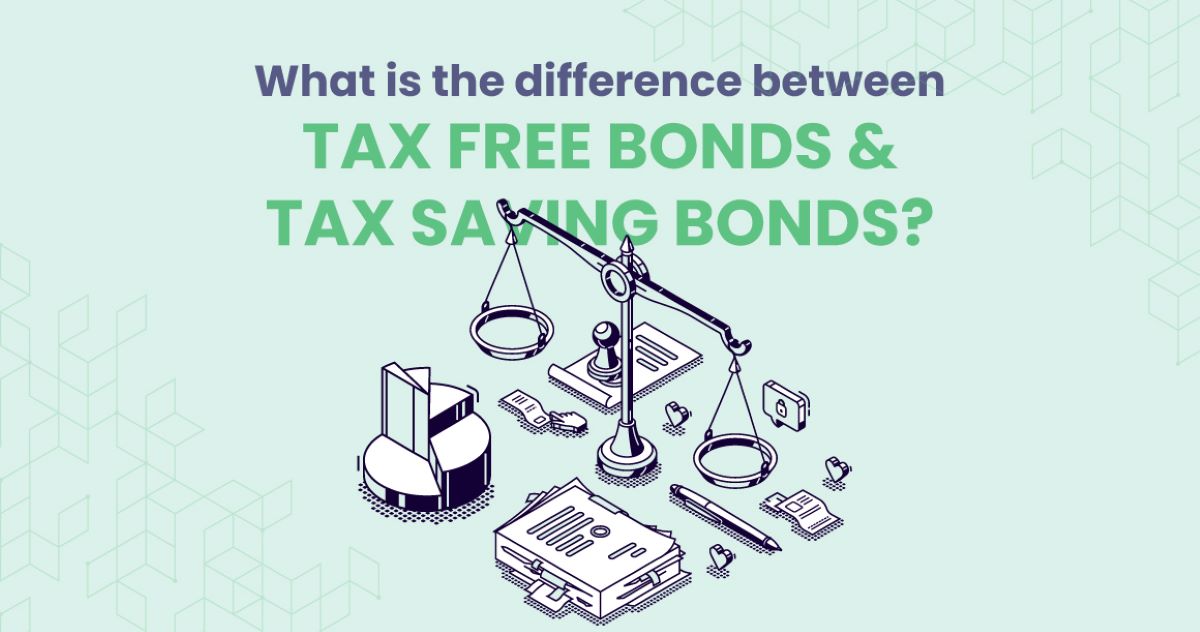

Finance
How To Apply For Perkins Loans?
Published: February 17, 2024
Learn how to apply for Perkins loans and secure the financial assistance you need. Our step-by-step guide simplifies the finance application process. Apply today!
(Many of the links in this article redirect to a specific reviewed product. Your purchase of these products through affiliate links helps to generate commission for LiveWell, at no extra cost. Learn more)
Table of Contents
Introduction
Welcome to the comprehensive guide on applying for Perkins Loans. If you’re seeking financial assistance for your education, understanding the intricacies of Perkins Loans can be immensely beneficial. This article aims to demystify the process of applying for Perkins Loans, providing you with valuable insights into the eligibility criteria, application process, and repayment options. By the end of this guide, you’ll be equipped with the knowledge needed to navigate the complexities of securing a Perkins Loan with confidence.
Whether you’re a prospective student or currently enrolled in a higher education program, the pursuit of knowledge should not be hindered by financial constraints. Perkins Loans offer an excellent avenue for individuals to fund their educational pursuits, providing low-interest loans with favorable repayment terms.
Throughout this article, we will delve into the fundamental aspects of Perkins Loans, shedding light on the eligibility requirements, the application process, and the various repayment options available. By gaining a deeper understanding of Perkins Loans, you’ll be better positioned to make informed decisions about financing your education.
So, let’s embark on this enlightening journey to unravel the intricacies of Perkins Loans and empower you to pursue your educational aspirations without undue financial burden.
Understanding Perkins Loans
Perkins Loans are a type of federal student loan designed to provide financial assistance to undergraduate and graduate students with exceptional financial need. These loans are offered at a fixed interest rate of 5% and are subsidized by the government, meaning that the interest is paid by the U.S. Department of Education while the borrower is in school at least half-time, during the grace period, and during authorized periods of deferment.
Unlike other federal student loans, Perkins Loans are disbursed through the borrower’s school, and the school acts as the lender using a limited pool of funds provided by the federal government. This unique arrangement makes Perkins Loans a valuable resource for students who demonstrate significant financial need, as the loans are awarded on a first-come, first-served basis.
One of the distinguishing features of Perkins Loans is the favorable terms offered for borrowers. The repayment of Perkins Loans is typically managed directly through the borrower’s school or a servicer assigned by the school, fostering a more personalized and supportive approach to loan management. Additionally, Perkins Loans offer a generous grace period of nine months after the borrower graduates, drops below half-time enrollment, or leaves school, providing a smooth transition into the repayment phase.
Furthermore, Perkins Loans boast a fixed interest rate, shielding borrowers from the fluctuations that may impact other types of loans. This stability can be particularly advantageous for individuals seeking predictability in their financial commitments.
By familiarizing yourself with the unique characteristics of Perkins Loans, you can gain a deeper appreciation for the benefits they offer and make an informed decision about incorporating them into your financial strategy for higher education.
Eligibility Criteria
To be eligible for a Perkins Loan, you must demonstrate exceptional financial need, which is determined by the information provided on your Free Application for Federal Student Aid (FAFSA). The specific eligibility criteria for Perkins Loans include the following:
- Demonstrated Financial Need: The primary criterion for obtaining a Perkins Loan is exhibiting significant financial need, as assessed through the FAFSA. This form evaluates your family’s financial situation and calculates your Expected Family Contribution (EFC), which is used to determine your eligibility for need-based financial aid programs.
- Enrollment Status: To qualify for a Perkins Loan, you must be enrolled at least half-time in an undergraduate, graduate, or professional program at a participating institution. Half-time enrollment is typically defined as taking at least six credit hours per semester.
- Priority Consideration: Perkins Loans are awarded on a first-come, first-served basis, so it’s crucial to submit your FAFSA early to maximize your chances of securing this type of financial aid. Many institutions have limited Perkins Loan funds, making early application essential.
It’s important to note that eligibility for Perkins Loans may vary based on the policies and funding availability of individual educational institutions. Therefore, it’s advisable to consult your school’s financial aid office for specific details regarding the application process and eligibility requirements.
By satisfying the stringent eligibility criteria for Perkins Loans, you can access a valuable source of financial assistance that is tailored to support students with the greatest financial need, enabling you to pursue your educational aspirations with greater financial security.
Application Process
The application process for Perkins Loans involves several key steps, beginning with the submission of the Free Application for Federal Student Aid (FAFSA). This form serves as the gateway to various federal financial aid programs, including Perkins Loans, and must be completed annually to determine your eligibility for need-based assistance.
Once your FAFSA has been processed and your financial need has been assessed, your college or university’s financial aid office will notify you if you qualify for a Perkins Loan. If you are awarded a Perkins Loan as part of your financial aid package, the next steps typically involve reviewing and accepting the terms and conditions of the loan, as well as completing any additional requirements mandated by your school’s financial aid office.
It’s important to carefully review the details of the Perkins Loan offer, including the loan amount, terms, and conditions, to ensure a comprehensive understanding of the financial commitment. After accepting the loan, you may need to complete entrance counseling, which provides essential information about your rights and responsibilities as a borrower, as well as a Master Promissory Note (MPN), which formalizes the loan agreement.
Once these administrative requirements are fulfilled, the funds from the Perkins Loan will be disbursed directly through your school’s financial aid office to cover educational expenses, such as tuition, fees, and other related costs. It’s essential to maintain regular communication with your school’s financial aid office to stay informed about the disbursement schedule and any additional documentation or steps required throughout the process.
By navigating the application process for Perkins Loans with diligence and attention to detail, you can secure the financial assistance needed to pursue your educational endeavors while adhering to the necessary administrative protocols.
Repayment Options
Upon completing your education or transitioning to less than half-time enrollment, the repayment phase for Perkins Loans commences. It’s crucial to understand the available repayment options and develop a strategy that aligns with your financial circumstances and goals.
Perkins Loans offer a variety of repayment plans, including standard repayment, extended repayment, and graduated repayment. The standard repayment plan involves fixed monthly payments over a ten-year period, ensuring a predictable and structured approach to settling the loan. On the other hand, the extended repayment plan allows for a longer repayment term, often up to 25 years, thereby reducing the monthly payment amount, but potentially increasing the total interest paid over the life of the loan.
Furthermore, the graduated repayment plan starts with lower monthly payments that gradually increase over time, typically every two years. This option may be suitable for borrowers anticipating an increase in their income as they progress in their careers. Additionally, Perkins Loans may qualify for income-driven repayment plans, such as Income-Based Repayment (IBR) and Pay As You Earn (PAYE), which calculate the monthly payment based on the borrower’s income and family size.
It’s essential to communicate with the loan servicer assigned by your school’s financial aid office to explore the various repayment options and determine the most suitable plan based on your financial situation. Moreover, borrowers facing financial hardship may be eligible for deferment or forbearance, allowing for temporary suspension or reduction of loan payments under specific circumstances, such as unemployment, economic hardship, or returning to school.
By proactively engaging with the available repayment options and maintaining open communication with the loan servicer, you can navigate the post-education phase with greater financial flexibility and confidence, ensuring a well-informed approach to managing your Perkins Loan obligations.
Conclusion
In conclusion, understanding the process of applying for Perkins Loans is instrumental in securing the financial support necessary to pursue higher education. By familiarizing yourself with the unique characteristics, eligibility criteria, application process, and repayment options associated with Perkins Loans, you can make informed decisions that align with your educational and financial objectives.
Perkins Loans stand as a valuable resource for students with exceptional financial need, offering a fixed interest rate and favorable repayment terms. The subsidized nature of these loans, coupled with the personalized loan management facilitated through educational institutions, underscores their significance in alleviating the financial burden associated with pursuing a college or university education.
It’s essential to approach the application process for Perkins Loans with diligence, beginning with the timely completion of the FAFSA and proactive engagement with your school’s financial aid office. By fulfilling the eligibility criteria and adhering to the administrative requirements, you can position yourself to benefit from the financial assistance provided through Perkins Loans.
Furthermore, as you progress through your educational journey and prepare for the repayment phase, exploring the diverse repayment options and maintaining open communication with the loan servicer will empower you to navigate the post-education phase with financial prudence and flexibility.
Ultimately, by leveraging the insights presented in this guide, you can embark on your educational pursuits with the confidence that comes from understanding the intricacies of Perkins Loans and their role in facilitating access to higher education. Through informed decision-making and proactive engagement with the financial aid resources available, you can embrace your academic aspirations with financial stability and a clear path toward achieving your educational goals.














